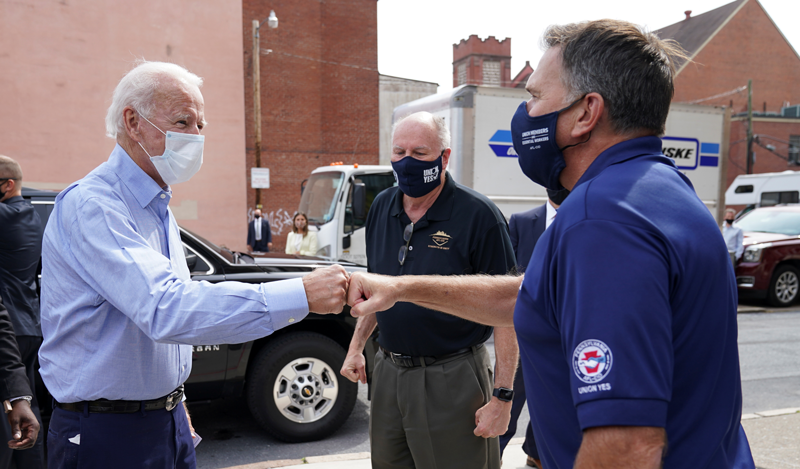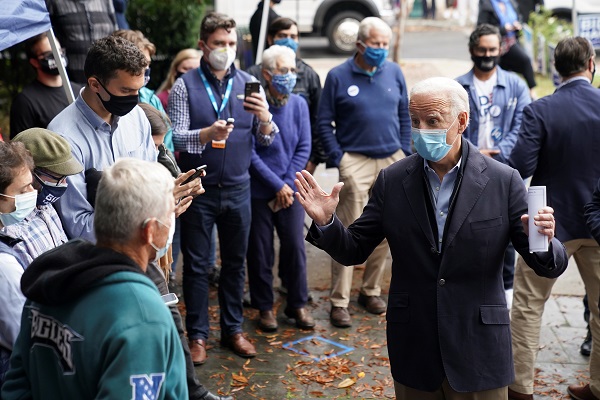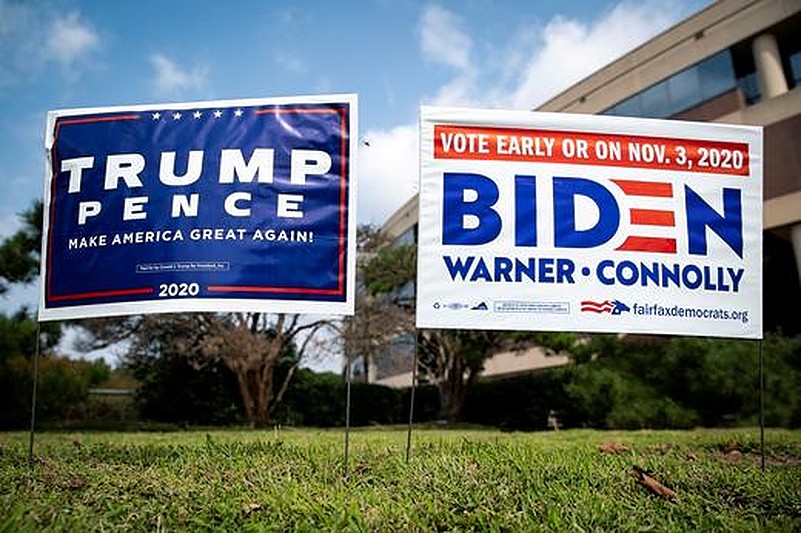Survey report June 29, 2023
The 2024 Presidential Election: Evolving Political Coalitions and Familiar Partisan Divisions

Ahead of the 2024 presidential election, the AEI Survey Center on American Life conducted a national survey of Americans that explored a wide range of political attitudes, current voting preferences, and perceptions of the political parties. Continue Reading →
Commentary May 5, 2021
Biden’s Push For Big Government Solutions is Popular Now — But it Could Backfire

In the wake of a once-in-a-generation pandemic that has required sustained national intervention and leadership, Americans may be coming around to the benefits of big government. Continue Reading →
Biden’s desire to move past the divisiveness that has marked the Trump presidency, the question that follows is simple: Are Americans actually open to working with others and trying to find the middle ground? Continue Reading →
Commentary October 25, 2020
Biden’s ‘Seize the Center’ Campaign Strategy May Just Deliver Him the White House

If Biden is able to capitalize on the current set of circumstances presented by an unpopular incumbent, he may show the efficacy of persuasion-based tactics simply by demonstrating that there are more persuadable voters than many of us think. Continue Reading →
Blog September 30, 2020
Democrats and Republicans Believe Their Opponents’ Policies Threaten the National Interest

Lost amid the rhetorical brinksmanship in the fight to replace Supreme Court Justice Ruth Bader Ginsburg, who recently passed after battling pancreatic cancer, is the reason Republicans believe this particular fight is necessary and why Democrats are unlikely to take a measured response. Continue Reading →
The American National Social Network Survey explains how personal networks and relationships condition personal behavior and influence decisions. Continue Reading →
Commentary September 17, 2020
More and More Americans aren’t Religious. Why are Democrats Ignoring These Voters?

Often lost in this, though, is the fact that Democrats are mostly ignoring a massive group of voters who are becoming an increasingly crucial part of their base: people who don’t have any religion at all. Continue Reading →
Data suggests Biden may be underperforming with black voters when compared with recent Democratic presidential candidates. If that is happening, it may be because younger black Americans don’t support him as strongly as their elders. Continue Reading →
The former vice president has faced challenges shoring up support among a key Democratic constituency: college students. Continue Reading →










